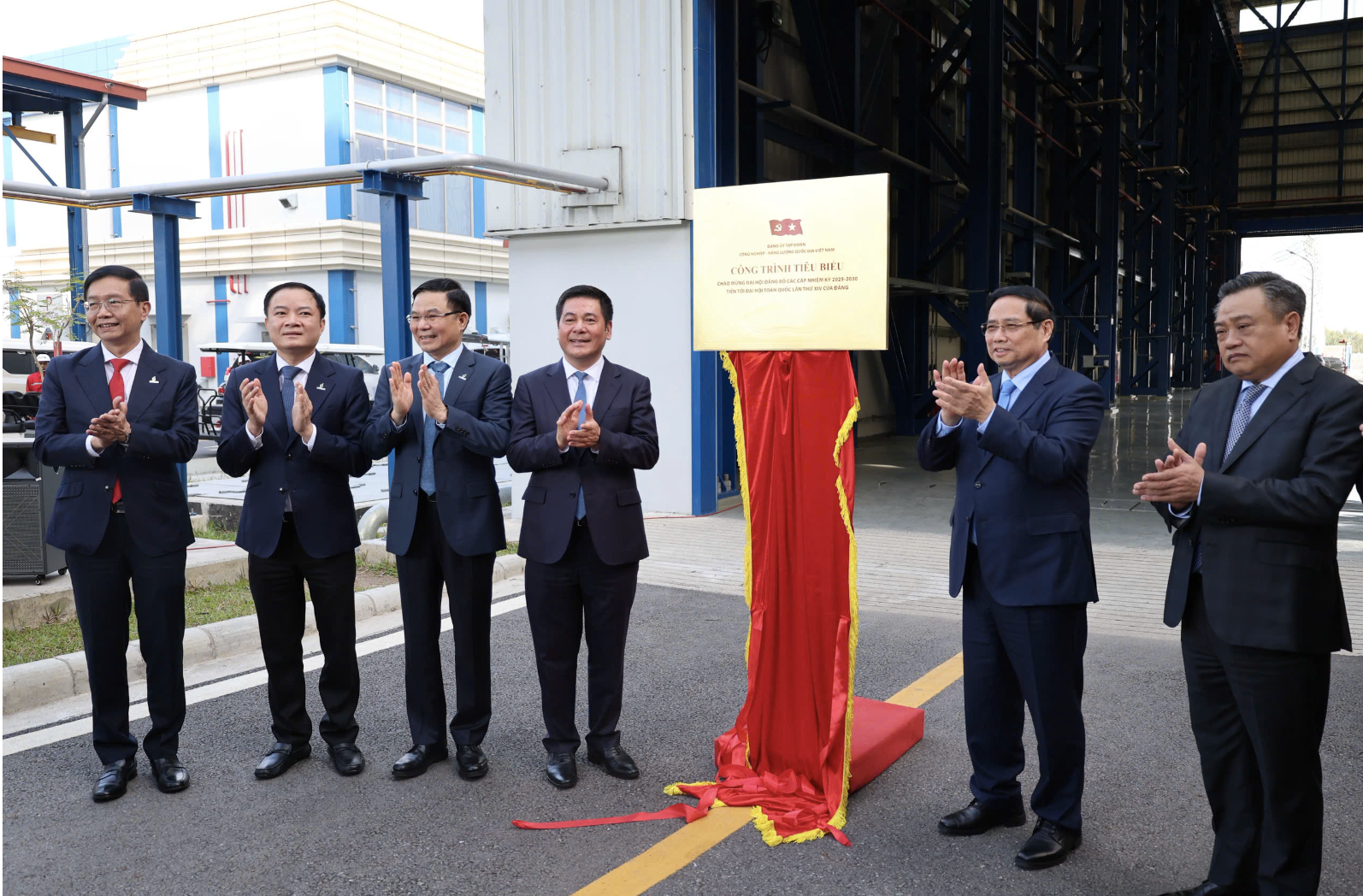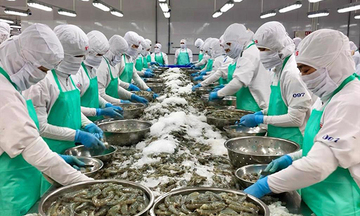
Prime Minister: Nhon Trach 3 & 4, a flagship model of Vietnam’s stature
19:05 | 23/03/2025 21:02 | 14/12/2025Industry
Export rice prices remain among the world’s highest
According to the Ministry of Agriculture and Environment, Vietnam exported an estimated 421,100 tons of rice in October, generating USD 216.9 million in revenue. Cumulatively over the first ten months, total rice exports reached 7.2 million tons, valued at USD 3.7 billion, down 6.5% in volume and 23.8% in value compared with the same period in 2024.
The average export price over this period was USD 511 per ton, a decline of 18.5% year-on-year. Among export markets, the Philippines remained the largest buyer, accounting for 41.4% of Vietnam’s rice shipments, followed by Ghana (12.3%) and Côte d’Ivoire (11.3%).
While exports to the Philippines fell 27.1%, shipments to Ghana and Côte d’Ivoire rose 47.3% and 94.5%, respectively. Among the top 15 markets, Bangladesh recorded the highest growth, increasing 155-fold, while Malaysia’s imports dropped 53.3%.
Despite the overall decline in exports, Vietnamese rice remains among the highest-priced globally. The Vietnam Food Association (VFA) reports that 5% broken rice currently sells for USD 415 - 430 per ton, higher than Thailand (USD 338 per ton) and India (USD 344 - 350 per ton). Traders attribute price pressure to smaller harvests in the Mekong Delta.

Vietnam’s rice exports generates USD 3.7 billion in the first ten months of 2025.
Looking ahead to 4th quarter 2025, the global rice market remains volatile, with many countries maintaining import restrictions. The Philippines, following the end of a 60-day import ban on 31 October, has yet to announce a new policy, potentially extending the ban by 15 - 30 days while raising import duties from 15% to 35%. The country may temporarily suspend rice imports until the end of 2025, resume in January 2026, and again pause until April 2026.
Nevertheless, local stockpiles are sufficient for only 30 days, and potential shortfalls may arise from December onward due to unpredictable weather.
Domestically, heavy rains and upstream Mekong floods have affected rice-growing areas in southern provinces, threatening the autumn-winter crop. VFA Chairman Do Ha Nam noted that even with the Philippines’ import pause, Vietnam continues to export around 500,000 tons per month thanks to market diversification and increased shipments to Africa.
Enterprises predict manageable domestic pressure in 2025, with small stockpiles potentially carried over into 2026, particularly during the spring-summer harvest the largest crop of the year when demand could influence prices.
Market diversification and sustainable strategy
Le Thanh Tung, Secretary General of the Vietnam Rice Sector Association, emphasized that in a fluctuating export market, diversifying markets and developing low-emission rice products are key strategies to maintain Vietnam’s competitive edge, especially as countries like the Philippines and Indonesia strengthen domestic production.
Vietnam has been expanding its export markets for five to seven years, shipping rice to approximately 150 countries and territories. Key markets include the Philippines (about 3 million tons), Indonesia ( about 2 million tons), and, at times, China (about 3 million tons). The country is now intensifying exports to African markets while closely monitoring import policies, allowing businesses to adjust strategies proactively.
Vietnamese rice has two major advantages internationally. First, its quality suits diverse markets, featuring long, translucent, soft grains with a subtle aroma, distinct from specialty varieties like Basmati or Hom Mali. Second, Vietnam’s harvest cycle allows for year-round supply of fresh rice, unlike competitors that rely on stockpiles, ensuring consistent quality.
High productivity also lowers production costs, enhancing price competitiveness. Ongoing agricultural initiatives aim to further reduce costs while maintaining profits for farmers and enterprises, sustaining Vietnam’s global competitiveness.
Deputy Minister of Agriculture and Environment Phung Duc Tien affirmed that despite market volatility and import barriers, Vietnam is expected to export around 8 million tons of rice in 2025, surpassing Thailand and retaining the world’s second-largest exporter position. Market diversification, quality improvement, and sustainable product development remain critical to maintaining Vietnam’s standing and expanding export value in the long term.
Vietnamese rice exporters’ strategic focus on diversifying markets, exploring new export channels, and enhancing product value remains key to sustaining their global competitiveness.

19:05 | 23/03/2025 21:02 | 14/12/2025Industry

19:05 | 23/03/2025 20:47 | 14/12/2025News and Events

19:05 | 23/03/2025 15:35 | 14/12/2025Trade

19:05 | 23/03/2025 23:18 | 12/12/2025Tourism

19:05 | 23/03/2025 23:04 | 12/12/2025Trade